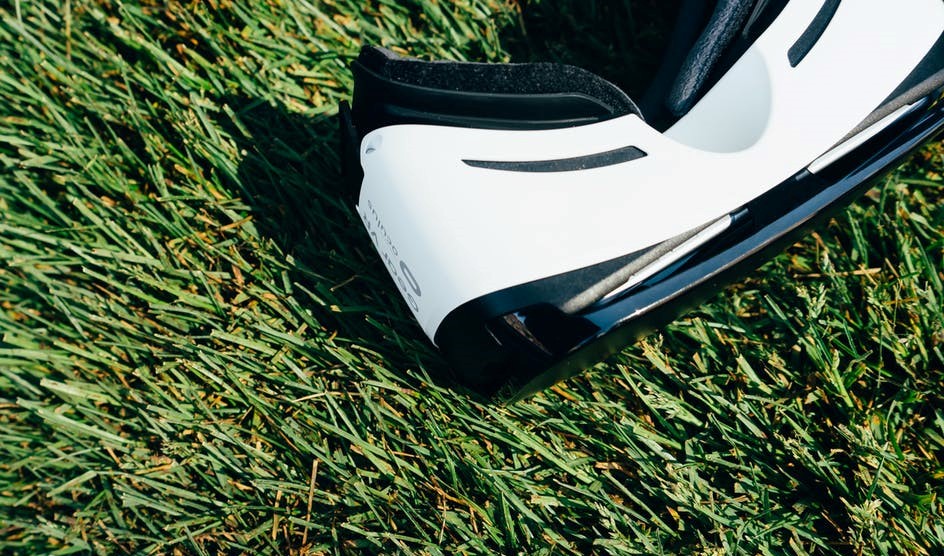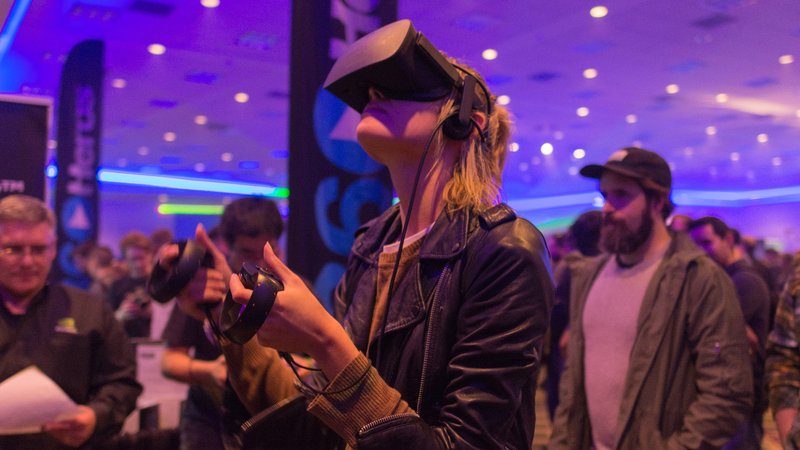Virtual Reality has just recently appeared on the digital landscape and was bound to succeed, rapidly spreading to a wide and diverse list of industries, such as medicine, real estate, tourism, online retail and even gambling.
These days VR is no longer a virtual concept – it is a reality, and it’s becoming a part of the routine for a constantly increasing number of people. Its development has had a great effect on the technological landscape so far and is seen by many as one of the crucial innovations of the 21st century.
Virtual reality’s extremely wide range of application has made it a highly profitable tool for businesses, from local players to giants like Coca-Cola, Alibaba, and Volvo, which are actively engaging the technology.
But what exactly is the reason for VR’s whopping success? Here are the three main factors that make VR stand out in the crowd of video trends:
- VR fascinates. It allows a consumer to evaluate the product before purchasing it better than any promotional video does. A recent study has shown that a great part of smartphone owners would like to benefit from VR while shopping online – to grasp the product’s actual size and characteristics. This is where the immersive effect plays a great persuasive role by helping the customer drop any interfering factors.
- It is memorable. There are two reasons VR clips are so catchy: these videos transfer the user to a whole another place and our brains tend to remember things better if they are linked to a particular location. More so, experiencing virtual reality brings a lot of emotion, which makes us less rationale whilst making a purchase or other target action. Furthermore, VR provides the user with an experience otherwise unattainable, and it’s appealing to think that anything is possible, even if it’s in the virtual world.
- It’s fresh: The VR technology is increasing its reach and like everything new and undiscovered – it raises a great interest among both consumers and businesses. Video advertising industry alone is a great example: having just entered the market, VR is already among the most effective promotional formats.


Why Use Virtual Reality In Marketing?
VR has entered the global marketing industry rapidly, with a loud bang, leaving many of its fans from the gaming industry to wonder why. The thing is, while VR is a lot of fun, it is an emotional and unique experience and most importantly – it is highly engaging. Nearly all VR sessions are generated via specifically designed headsets that fully absorb the user into the virtual world. And although VR is not so widely applied in retail yet, we have already seen some great examples and cases to follow.
When it comes to marketing, VR is the thing to connect brands with their audiences on a radically new level!
VR ad campaigns appeal to 3 parts of the human brain that are responsible for perception and reaction to the world around, which is highly effective, to say the least.
Having analyzed brands’ campaigns with VR integration, one can easily distinguish some of their common features, such as:
- An explicit idea delivered in the form of storytelling.
- Thoughtful organization of the concepts.
- A memorable impact of a new experience.
- An interactive and captivating nature of the entire VR campaign.
Taking all that in consideration, virtual reality techniques combined with digital advertising strategies can substantially help to shape your brand’s future marketing approach.
If you are intrigued with the possibilities of VR and its implementation in your marketing strategy, here are just a few more examples of the trend’s constant evolution and growing popularity:
#1. Increasingly immersive experience
From the very beginning, VR has been associated with just two senses – vision and hearing, but as the time passed evolution urged digital experts to go beyond accepted limits and find ways to intensify the “feeling” even more. The works on developing gadgets with sensory experiences like touch and smell are active now, and we suppose they’ll take it even further in the direction, perhaps far enough to resemble the famous Hollywood movie “Surrogates”.

#2. Gaming is going to get a huge boost
Gaming industry is already winning from VR integration but the real hype is still a year or so away. Web developers are sweating blood to create photo-realistic 3D simulations and ultimately bring the gaming experience closer to a real-life one. When that happens – gamers may very well become addicted to the “dream” world for good.
#3. VR shopping in real-time
Virtual reality is about to go down into the E-commerce history revolutionizing it once and for all! Both marketers and customers can expect innovations in the industry. Online shopping fans are going to be one of the top winners, having the opportunity to try on clothes online already in the nearest future. Tech developers are even going as far as to prepare a technology that will allow the potential buyers to download and print out a 3D model to ensure that a product fits them well by all metrics! Add the option to transcend flavors and scents, and the killer E-commerce model is in your pocket!

Are the consumers ready for VR?
A technology like VR can help brands connect with people on a radically new level, but are we ready to fully step into the virtual world?
Consumers are usually open to new experiences, especially pleasant ones. Regarding this, VR can definitely turn into a great addition to any brand’s marketing strategy!
However, you shouldn’t forget that investment in the technology is not a given win and depends highly on the type of goal that a brand is striving to achieve with the help of VR.
Nowadays the best solution for companies to use virtual reality in their marketing strategy would be to create specific experiences fitting the brand’s advertising objective and the consumer’s subjective expectations. This means that the use of VR has to be relevant and to the place, or it may be taken as a gimmick by your consumers, and a gimmick in virtual reality can stick with you for a long time!
At the same time, AR is the ultimate leader in this “virtual” race since VR technology hasn’t yet met the same acception rate – a fact that makes marketers think twice when deciding on its use.
Now, it is up to the brands to find ways how VR can meet it’s extremely broad array of possible application, and integrate it into the online commerce in a safe and beneficial for the consumers way.


